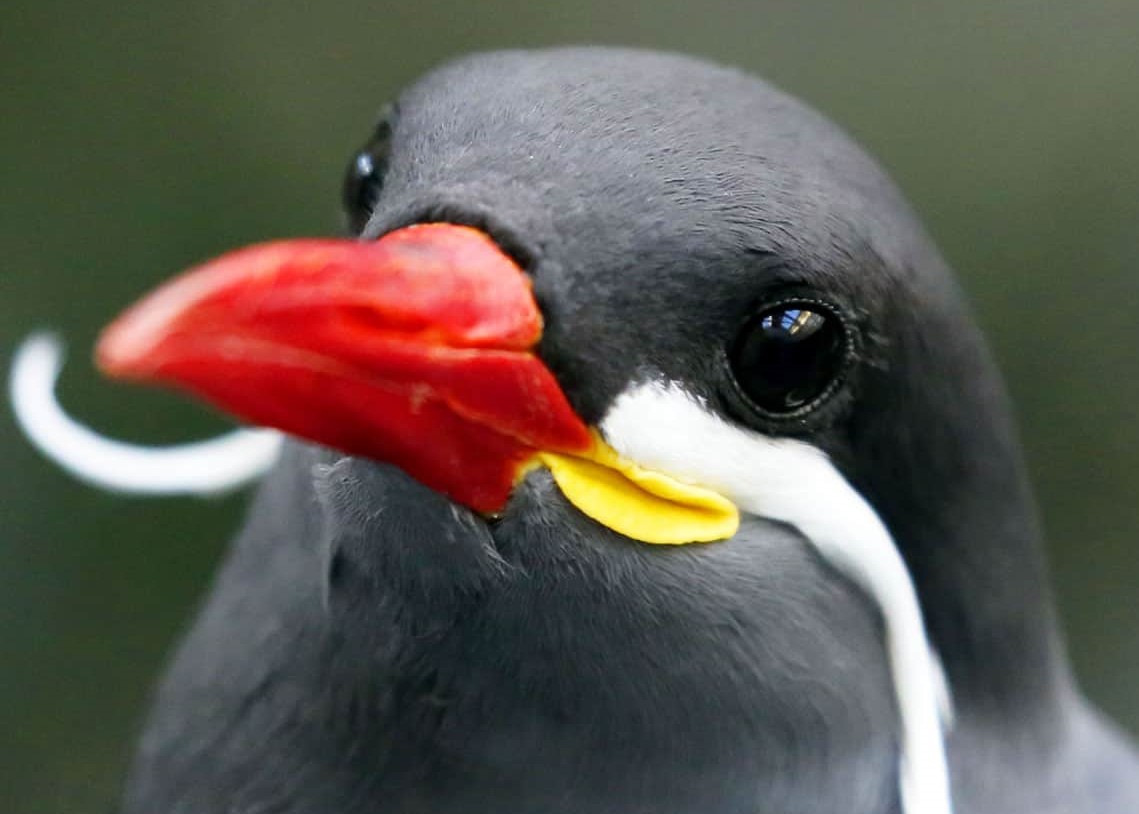Shrill Whale
Anatomy
Shrill whales are roughly 500 thousand metres long, making them one of the biggest creatures to exist in space. These animals range in colours, from deep browns and greys to light purples and pinks. They mimic any colour meteors come in, which is a large range.
Shrill whales have some of the largest voice boxes seen in any animal compared to its body size. This allows the whales to produce evocative calls, known commonly as shrills, heard throughout the Yonderverse. These songs are incredibly loud if you're within at least a million kilometres, but because of the nature of the songs, most don't mind and in fact enjoy it.
Reproduction
Reproduction for shrill whales are particularly messy and violent. Usually, male shrill whales have trouble locating the correct hole on females. Due to the shape of these animals, it appears as if they have many different holes which confuses males. It usually takes them about three hours until the male finds the right hole, and then he can fertilise the eggs.
Male shrill whales have short tempers, and the more time they spend failing to find the right hole the angrier they get. When they find the right hole, males are usually rather angry and will violently mate with the female.
Diet
Shrill whales are filter feeders, with five specialised filters on the backs of their bodies. These cetaceans take in an incredulous amount of cosmoplankton, the animals requiring at least a million tonnes of cosmoplankton every Greenerth day.
Because of this amount of plankton that is required daily, shrill whales cannot be kept in captivity. They lack mouths, which means they cannot be fed anything else and it simple impossible for most to collect such an amount of cosmoplankton.
Shower Migration
Shrill whales are a social species, and live amongst at least three hundred others in small packs, also known as showers. These showers are visible even when standing on a planet and looking up into space, and many have turned it into a sport to spot these showers. As shrill whales migrate, they pass through solar systems, asteroid belts, occasionally astral seas.
Reports from people witnessing these animals show that they can move at similar speeds to meteors, anywhere from 70 kilometres per second to faster. This is known as "dispersing", and shrill whales will disperse when a predator species approaches. Shrill whales typically swim through space at speeds of about 20 miles per second, a similar speed to the slowest of cargo spacecrafts.







My face definitely went through several expressions during the reproduction section. Both hilarious and also yikes. XD I would love to sit on a hill on a clear night and watch a migrating shower. <3 I also love the idea that it's the FOOD that makes it impossible to keep these in captivity, not their enormous size. XD
Explore Etrea
I may or may not have been inspired by a male tortoise at work who can never find the right hole... xD I'm going to draw some special art for these species for the header, of someone watching a migrating shower of them! I'm sure you'll see it when it's done, so I hope you enjoy!
Hahahahahaha. Watching my mum's male tortoise chase the female around, I understand. XD
Explore Etrea